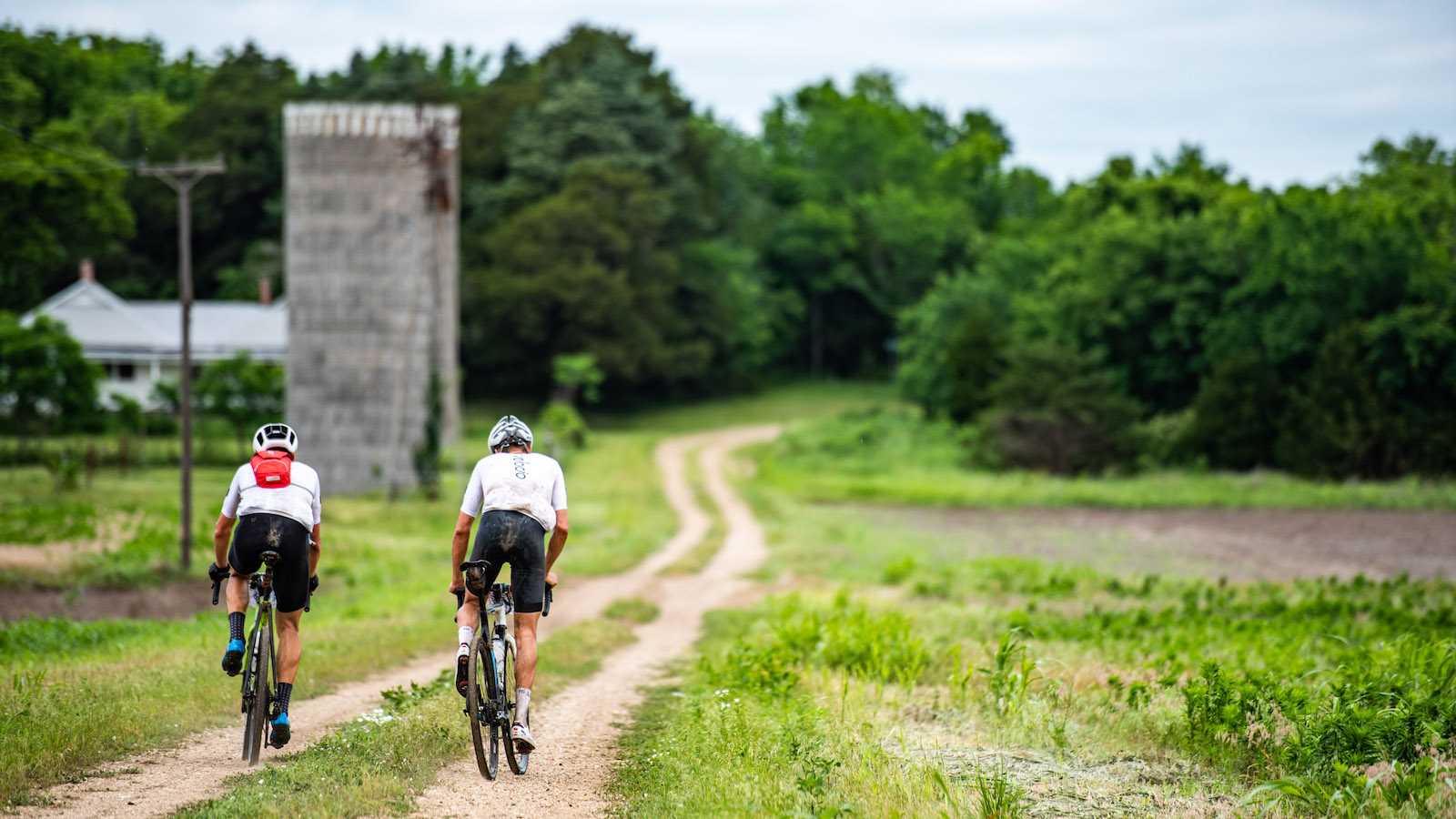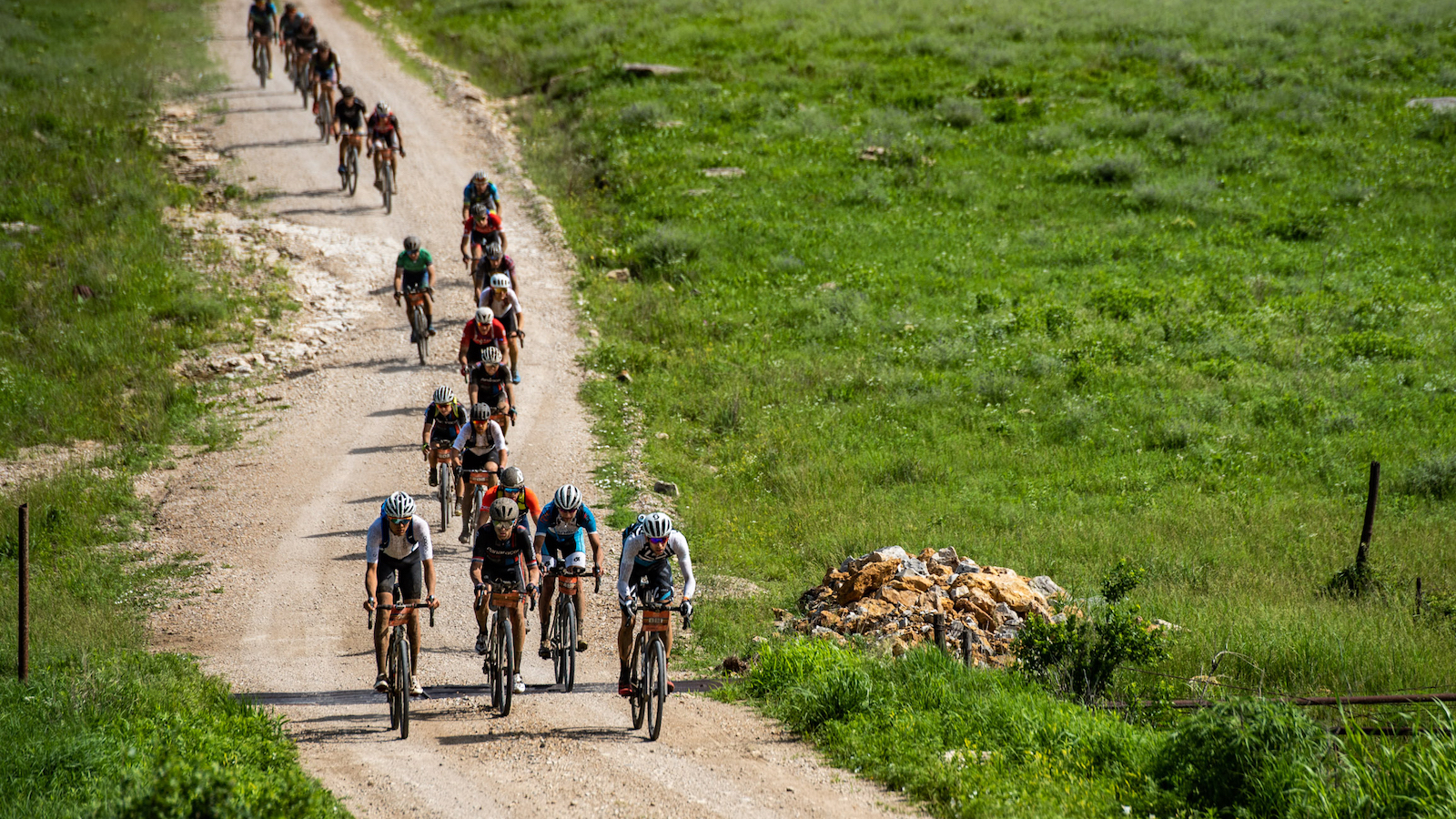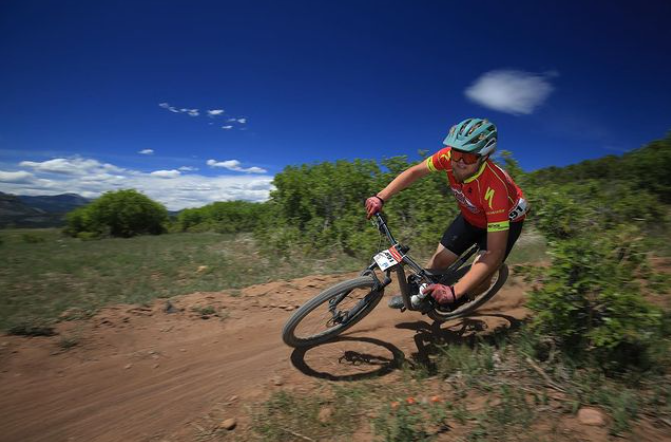Gravel racing tips from top pros
Strickland, Hauswald, Mohn, and Shirley share gravel riding and racing tips ahead of Unbound Gravel

The gravel racing world is about to focus its attention on the race that can be credited with starting this whole boom: Unbound Gravel in Emporia, Kansas. Two hundred miles through hilly terrain is never easy, but it's even harder when racing against the top gravel riders in the world.
Gravel races are so popular, in part, because most anybody can enjoy them at their own pace. Some of the athletes that are often at the pointy end of races like Unbound have shared some tips and tricks ahead of the race, and also offer great advice for any gravel event.
Out on the Unbound course, Emporia Resident Kristi Mohn says that her top advice is that "Every second counts. Use your time in checkpoints wisely, recover and eat on the bike. Use those downhills/flats or when you may have to walk."
Yuri Hauswald, the 2018 winner, says to not underestimate how muddy the Unbound course can get. "The prairie peanut butter mud is real, so having a painter’s stick to help clean your wheels/tires/etc. is crucial to keep you rolling and your hands from becoming a muddy mess," he said.
The riders say that it's a big misconception that Kansas is flat. "Some sections are flat, but really, this race is death by a thousand paper cuts," Mohn said. "One hill after another."
For nutrition and hydration, the 2019 Unbound champion Colin Strickland says "I’ll have a 2-liter hydration pack in addition to two bottles on the bike for hydration. I like using a top tube bag that sits behind the stem to store 5-10 gels to access them easily."
Finishing a long gravel race or ride isn't just about keeping the body fueled. The bike and components need to work too.
"I’ve realized that the ultimate goal is to finish, so being prepared with the basics to make that happen is important," said 5x finisher Neil Shirley." For me, that’s a couple of C02 cartridges, Lezyne mini pump, super glue (rather than tire plugs), Lezyne multi-tool with a chain tool, and spare link. It’s not too much, but just enough to get out of a jam."

Everybody seems to agree that fueling an effort that's so long takes a bit of experimentation and can be very individual. Mohn says simply, "you better practice." Strickland recommends eating solid foods for the first half of the race and then moving on to faster-burning fuel like energy gels. He also advises to carry both salty and sweet food, so you have something for whatever you're in the mood for.
Hauswald says that he hydrates the week before the race, wears reflective sun sleeves, and uses ice socks around his neck to handle the heat. He also recommends pouring cool water on your head and upper body to keep your core temperature cool.
Another thing that racers must consider is what type of tires to run on race day. At Unbound, the terrain is unforgiving, with punctures and ripped tires a common occurrence.
"I can honestly say that there is no perfect size or silver bullet when it comes to tires," said Hauswald.
Mohn says she prefers to run 38mm tires, while the other riders prefer 40 or 42s. All riders agreed that Unbound is not the time to experiment with lightweight setups, as solid casing and sidewall protection is crucial.
Hauswald summed up the challenge of the event by saying "No matter how you approach Unbound, you’re guaranteed to have a tough day out there."
Shirly added perhaps the most important piece of advice, saying to "not get too caught up in the race element and make sure to enjoy the experience."
Ryan Simonovich has been riding and racing for nearly a decade. He got his start as a cross-country mountain bike racer in California, where he cultivated his love for riding all types of bikes. Ryan eventually gravitated toward enduro and downhill racing but has also been found in the occasional road and cyclo-cross events. Today, he regularly rides the trails of Durango, Colorado, and is aiming to make a career out of chronicling the sport of cycling.
Rides: Santa Cruz Hightower, Specialized Tarmac SL4

